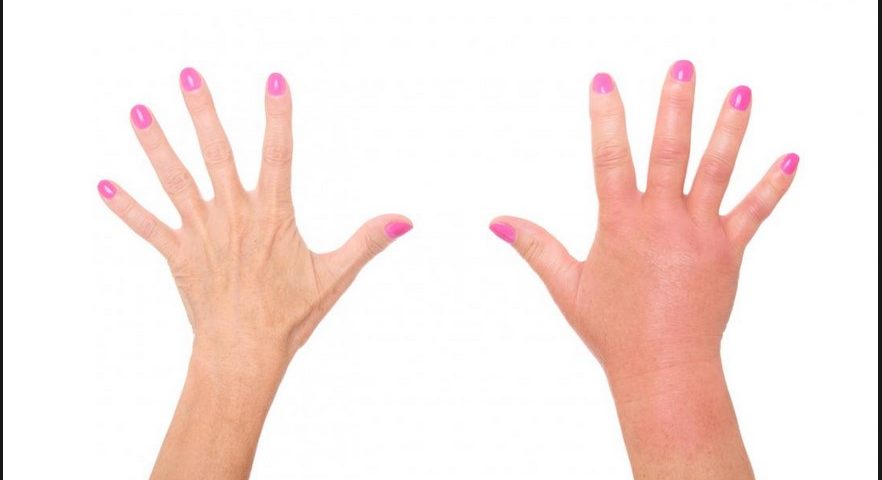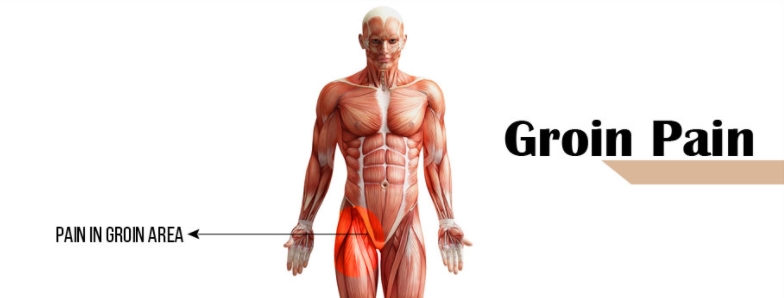
Groin pain
March 21, 2019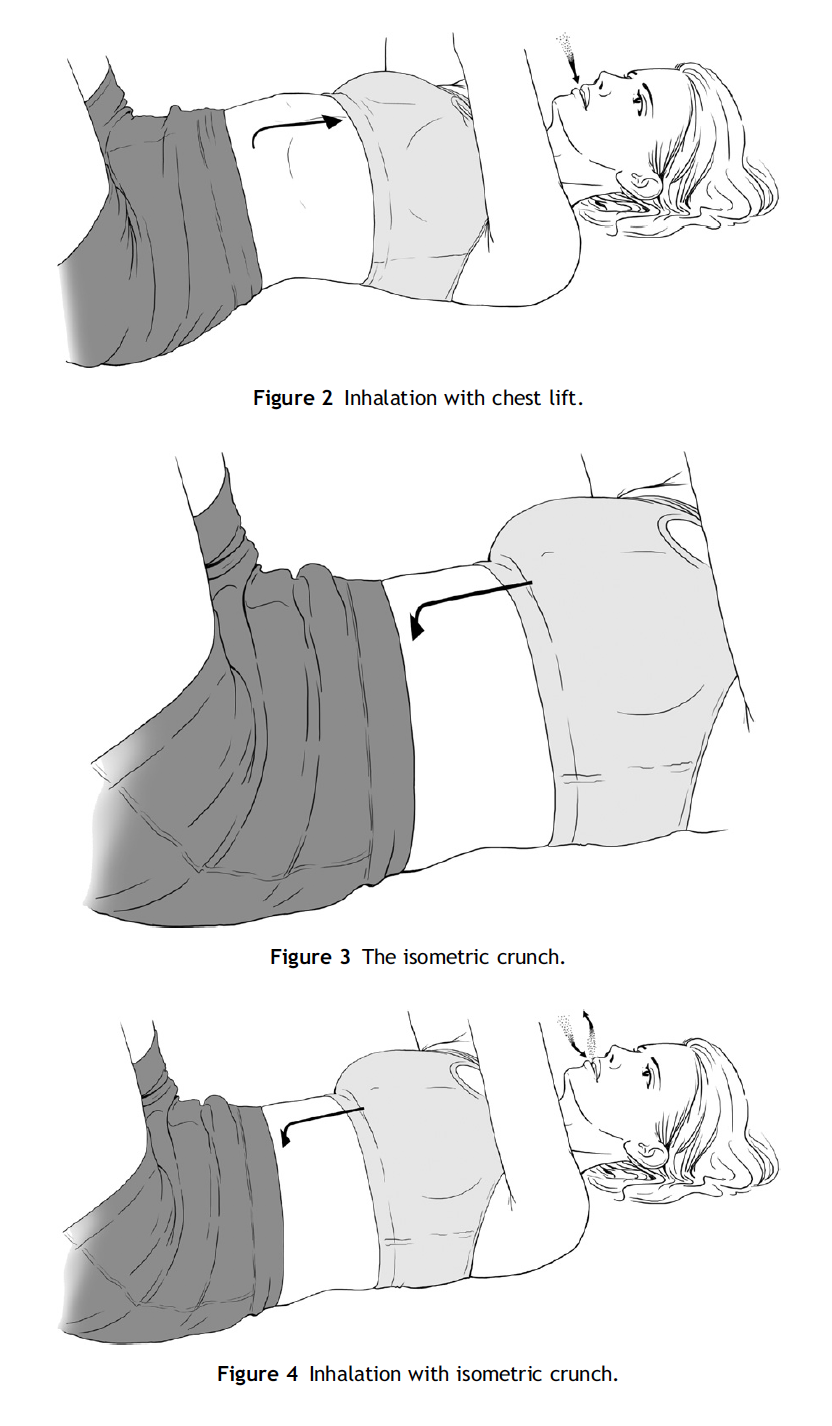
Learning how to brace (PART I)
April 7, 2019ARE YOU SWELLING ?
“After a day of sitting at work my ankles are swollen”
“My legs and feet came heavy and doubled in size, during the last months of pregnancy”
“ I had breast surgery and started swelling in my arm”
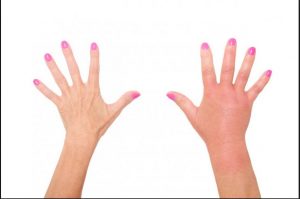 Most people will have swelling at some time. … Swelling can affect just one area or may involve large sections of the body.
Most people will have swelling at some time. … Swelling can affect just one area or may involve large sections of the body.
“Edema” is the medical term for swelling, it refers to symptoms that can be caused by number of conditions including injury or trauma, pregnancy, infections, and many other medical problems. In all these cases the accumulation of fluid in the interstitial tissue is caused by insufficient return of venous blood, or venous pooling. While the lymphatic system tries to work to correct this imbalance by working harder at times it becomes overwhelmed for the lymph vessels to compensate. That extra fluid builds up, which makes the tissue swell and cause cell damage. As a result, lymphedema can occur due to insufficiency of the lymphatic system, when blockage exists or when its damaged.
Lymphedema is a long-term condition. It is a common, chronic, disabling condition which has significant impact on patients’ quality of life.
- Lymphedema is a common complication of all types of cancer treatment and the prevalence has increased steadily from 0.95% of all cancer patients in 2007 to 1.242% in 2013. It is the most dreaded complication following breast cancer treatment.
- Breast cancer topped the total 4,707 new cancer cases that were found in the UAE in 2018, the World Health Organisation’s (WHO) International Agency for Research on Cancer (IARC).
- Up to 10 million Americans, and hundreds of millions worldwide, suffer from lymphedema and lymphatic diseases.
- Children can be affected with debilitating lymphatic diseases, such as lymphatic malformation and lymphangiectasia, and over 100 million people worldwide suffer from the lymphatic disease filariasis (elephantiasis).
How do you know if its Lymphedema.
- Swelling of part or all of your arm or leg, including fingers or toes.
- A feeling of fullness, heaviness or tightness in the arm or legs.
- Difficulty fitting in clothing in one specific area
- Restricted range of motion, decreased flexibility, skin tightness in the hand, wrist or ankles
- Aching or discomfort.
- Hardening and thickening of the skin (fibrosis)
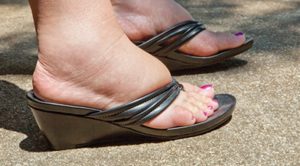
Treatment
Currently, there is no known cure for Lymphedema, but there are a variety of techniques to manage its symptoms. Lympedema therapy involves Complete Decongestive Therapy (CDT) – current international standard of care for lymphedema.
These treatments include:
- Specialised massage techniques – known as manual lymphatic drainage (MLD); this stimulates the flow of fluid in the lymphatic system and reduces swelling
- External compression—via multi-layer bandaging, intermittent pneumatic compression devices and, most commonly, compression garments. Compression garments complement exercise by moving fluid out of the affected limb and minimize further build-up
- Skin care – to keep the skin in good condition and reduce the chances of infection
- Exercises – to use muscles in the affected limb to improve lymph drainage
Emerging technologies
Drug treatments have been ineffective to relieve for most types of lymphedema. A number of important new technologies are being developed which will influence the future management of the condition—these include genetic, new methods of compression, surgical techniques such as lymph node transplants, liposuction and low-level laser therapy.
Mercy S.J

